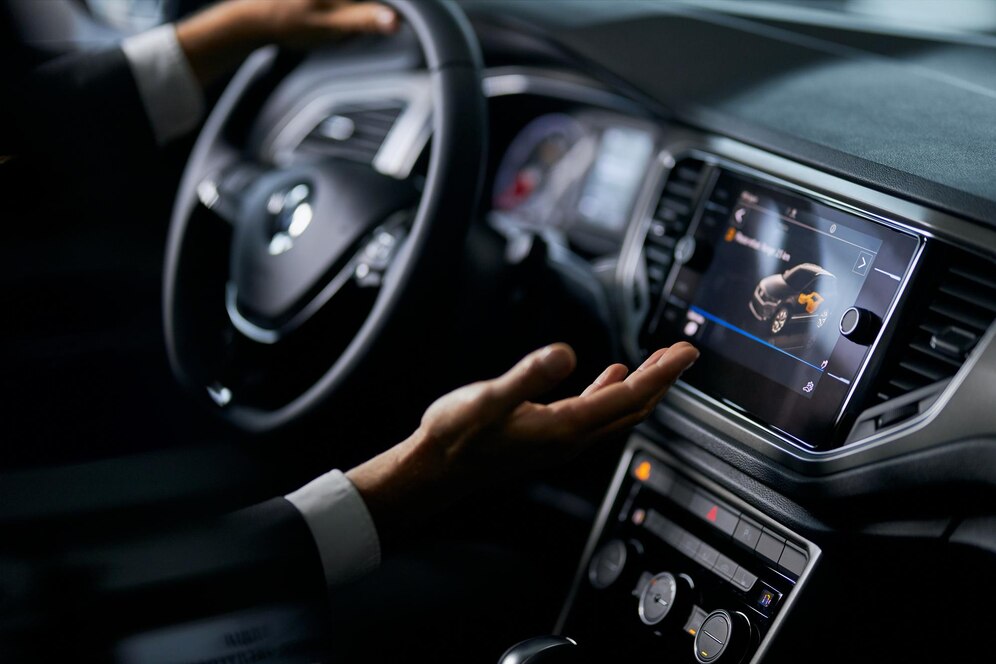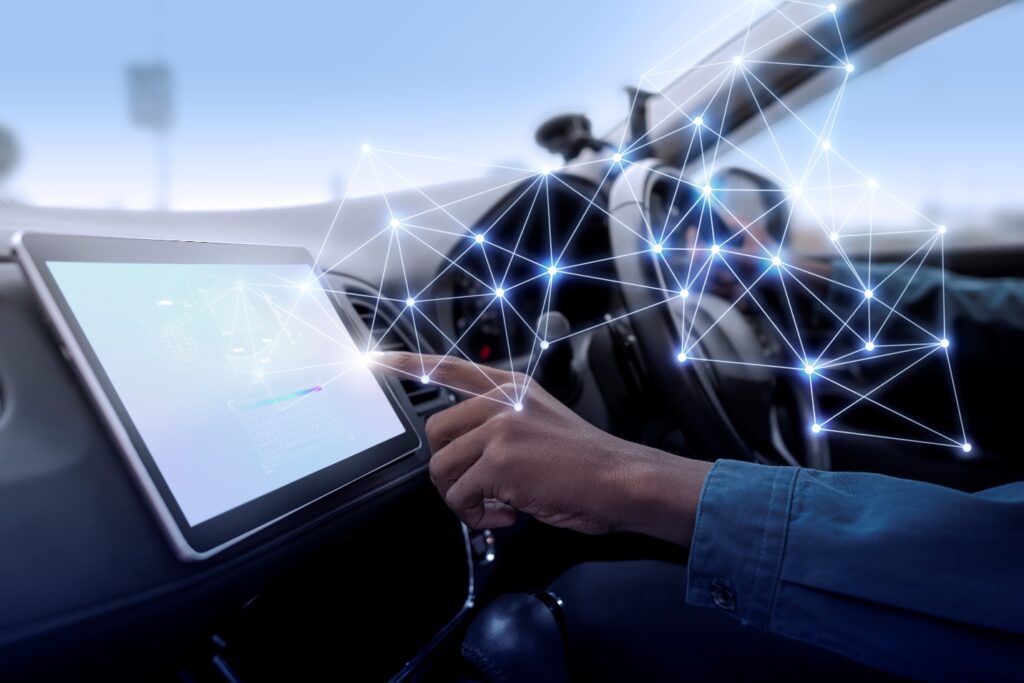Every year, the rate of car accidents increasing rapidly. These crashes can leave people injured, emotionally shaken, and facing mountains of paperwork. If you’ve been in an accident and need help navigating the legal side, consider hiring a car accident attorney to ensure you receive fair compensation.
But what if we could prevent some of these accidents from happening in the first place? Enter crash avoidance technology (CAT), a suite of innovative features that make our cars smarter and our roads safer.
The Growing Threat: Road Safety Statistics
Unfortunately, car accidents are a harsh reality on our roads. According to the National Highway Traffic Safety Administration (NHTSA), in 2023, 40,990 people lost their lives in traffic crashes. That’s a staggering number, and beyond the human cost, these accidents also cause hundreds of thousands of injuries and billions of dollars in economic losses. There’s a need for solutions.
How Does Crash Avoidance Technology Work?
Crash avoidance technology acts like a watchful guardian in your car. It uses a network of sensors, like radar and cameras, to constantly monitor your surroundings. Radar works similarly to bat echolocation, sending invisible waves that bounce off objects and return information about their distance and speed.
On the other hand, cameras provide visual data about the road ahead, including lane markings and other vehicles. Imagine you’re approaching a stopped car on the highway. The CAT system can detect this using radar and cameras and then take action, like sounding an alarm or applying the brakes, to help you avoid a collision.
Fundamental Crash Avoidance Technologies and Their Benefits
Crash avoidance technology comes in a variety of forms, each offering unique benefits:
- Automatic Emergency Braking (AEB): This system is a lifesaver on busy roads. It uses radar and cameras to detect a potential collision with the car ahead. If the driver doesn’t react quickly, AEB automatically applies the brakes to help avoid a crash or lessen its severity. Studies have shown AEB to be highly effective in reducing rear-end collisions.
- Lane Departure Warning (LDW) and Lane Keeping Assist (LKA): Have you ever left your lane without realizing it? These systems use cameras to track lane markings. If you unintentionally veer out of your lane, LDW will sound an alert, while LKA can gently nudge the steering wheel to guide you back into your lane.
- Blind Spot Detection (BSD): Our blind spots are a real danger zone. BSD monitors these areas using radar or cameras and can warn you with a light or sound if a vehicle is approaching from behind that you might not see in your mirror.
- Adaptive Cruise Control (ACC): ACC takes the stress out of highway driving by maintaining a safe distance from the car ahead. It automatically adjusts your speed based on traffic flow, allowing you to relax more on long journeys.
The Impact of Crash Avoidance Technology
Research paints a clear picture: crash avoidance technology makes a real difference. Studies show a significant decrease in crashes and fatalities, particularly rear-end collisions, thanks to AEB. These are encouraging results, and as CAT keeps evolving and becoming more sophisticated, we can expect even greater strides towards safer roads for everyone.
Limitations and Considerations of Crash Avoidance Technology
It’s important to remember that CAT isn’t a magic bullet. Environmental factors like fog or heavy rain can affect sensor performance. While malfunctions are rare, no system is perfect. Most importantly, CAT shouldn’t lull drivers into a false sense of security.
It’s vital to stay alert and focused and be prepared to react behind the wheel. Even with these considerations, crash avoidance technology remains a powerful tool in our fight for safer roads.
The Future of Crash Avoidance Technology
The future of crash avoidance is bright! As autonomous driving technology develops, we can expect even more advanced safety features to emerge, making our cars smarter and our roads safer.

